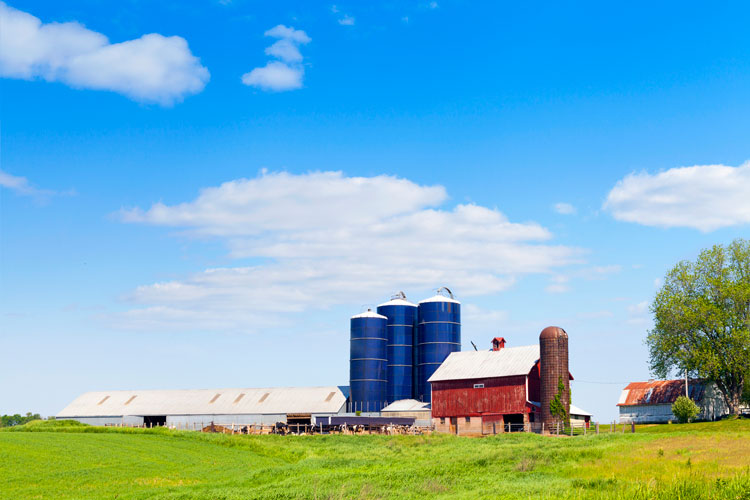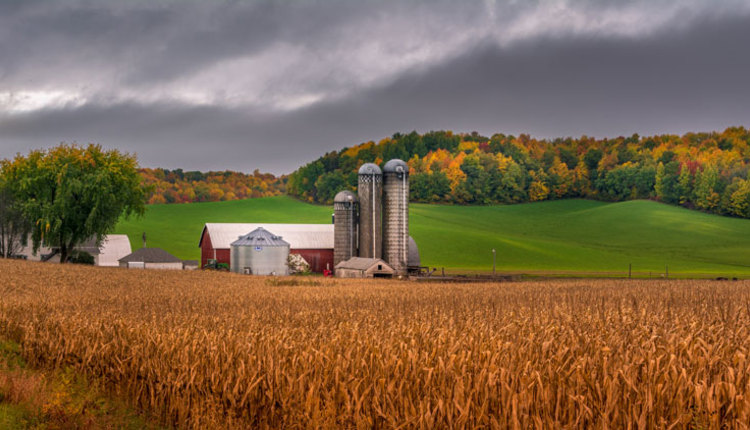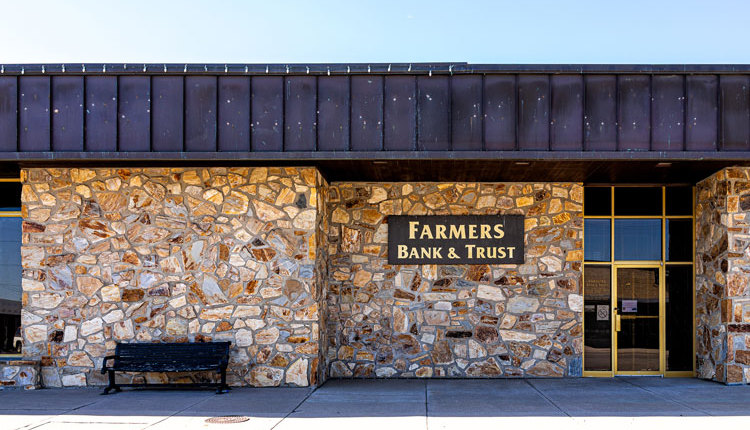
These more complex ownership structures (LLCs, LLPs, and corporations) are suited to accommodate multiple owners. Their primary advantages are personal liability protection and the simplicity of asset ownership sharing and transfer.
In Wisconsin, most herds of 100 cows or less have one or two owners, while herds with more than 500 cows typically have at least two or three owners. Therefore, as of 2016, the vast majority of larger herds (500 cows or more) were owned by either LLCs, LLPs, or corporations.
In contrast, more than 85 percent of the smaller herds (100 cows or less) were still owned in sole proprietorship. That number falls to 50 percent for herds with 100 to 200 cows and to 27 percent for herds between 200 and 500 cows. It should be no surprise that as the dairy farm population evolves toward larger farms, the overall number of farms owned in sole proprietorship declines.
Despite the growing complexity of ownership structures, most farms are still controlled by a single family. According to USDA data, in 2014 only 1.4 percent of U.S. dairy farms were classified as nonfamily farms, and they generated about 6 percent of the nation’s production.








